SeMA 1F
01 YOUNG-HAE CHANG HEAVY INDUSTRIES
02 Jesse Jones
03 Haegue Yang
04 Complete Map of the Celestial Sphere
05 Joo Jae-Hwan
06 Tamura Yuichiro
07 Basim Magdy
08 Joanna Lombard
09 Dinh Q. L?
10 Yoneda Tomoko
11 Yoneda Tomoko
12 YAO Jui-chung
13 Lina Selander
14 Sean Snyder
15 YAO Jui-chung
16 Basim Magdy
17 Nilbar G?re?
18 Nilbar G?re?
19 Nilbar G?re?
20 Basim Magdy
21 Basim Magdy
22 Nina Fischer & Maroan el Sani
23 YAO Jui-chung
24 YAO Jui-chung
25 YAO Jui-chung
01 YOUNG-HAE CHANG HEAVY INDUSTRIES
02 Jesse Jones
03 Haegue Yang
04 Complete Map of the Celestial Sphere
05 Joo Jae-Hwan
06 Tamura Yuichiro
07 Basim Magdy
08 Joanna Lombard
09 Dinh Q. L?
10 Yoneda Tomoko
11 Yoneda Tomoko
12 YAO Jui-chung
13 Lina Selander
14 Sean Snyder
15 YAO Jui-chung
16 Basim Magdy
17 Nilbar G?re?
18 Nilbar G?re?
19 Nilbar G?re?
20 Basim Magdy
21 Basim Magdy
22 Nina Fischer & Maroan el Sani
23 YAO Jui-chung
24 YAO Jui-chung
25 YAO Jui-chung
SeMA 2F
26 Min Joung-Ki
27 Zero Dimension/ Kato Yoshihiro
28 Mikhail Karikis
29 Kim Soo-nam
30 Immortals’s Feast on Yoji Pond
31 Kim In-whoe
32 Bae Young-whan
33 Naito Masatoshi
34 Rho Jae Oon
35 Kim Soo-nam
36 Kim In-whoe
37 Choi Min Hwa
38 Jawshing Arthur Liou
39 Sang-il Choi, Jiyeon Kim
40 siren eun young jung
41 Haejun JO & KyeongSoo LEE
SeMA 3F
42 Haegue Yang
43 Pilar Mata Dupont
44 Choi Gene-uk
45 Jesse Jones
46 Otty Widasari
47 SU Yu-Hsien
48 Truong Cong Tung
49 The Propeller Group
50 Ho Sin Tung
51 Sean Snyder
52 Jakrawal NILTHAMRONG
53 Mikhail Karikis
54 Eric Baudelaire
55 CHUNG Seoyoung
56 CHE Onejoon
57 Nina Fischer & Maroan el Sani
58 Mahardika Yudha
59 Choi Sunghun + Park Sunmin
KOFA
Rho Jae Oon
Ho Sin Tung
Min Joung-Ki
Manmulsang Rocks on Mt. Geumgang, 2014
Oil on canvas, 240×280 cm
When one sees a true-view landscape* painting, it feels as if he or she is visually immersed in the painting, walking around within the painting. Kyumjae Jeong Seon (1676-1759)’s Geumgang jeondo (1734) shows a whole picture of Nae Geumgang, the west side of the Mount Geumgang where countless mountain peaks stand around Birobong Peak and streams flow among them. Jeong Seon’s painting gives a whole picture of the mountain, seen from the top of Misiryung Ridge. The landscape can be seen in Naegeumgang, but South Koreans can only visit the Oigeumgang side of the mountain.** I climbed the Manmulsang Rocks in Oigeumgang and created an image depicting the landscape surrounded by the countless sharp rocky mountains. I did not draw a long, horizontal composition but made a circular one where the mountains surround me. The bottom part of the painting depicts a long and distant passage that I took to climb the Manmulsang Rocks. [Min Joung-Ki]
* True-view landscape is a style of painting independently developed by the 17th and 18th century Joseon artists including Jeong Seon. The style is classified as a different style than the Chinese style of painting the ideal landscape. Geumgang jeondo and Inwang jesaekdo are considered representative works of the true-view landscape. [Editor]
** Mount Geumgang is located in North Korea. The development of the mountain as a tourism region in 1998 enabled limited visits to the place by South Korean citizens. After a South Korean tourist was shot dead during her visit to the mountain, the tourism program has been suspended. [Editor]
* True-view landscape is a style of painting independently developed by the 17th and 18th century Joseon artists including Jeong Seon. The style is classified as a different style than the Chinese style of painting the ideal landscape. Geumgang jeondo and Inwang jesaekdo are considered representative works of the true-view landscape. [Editor]
** Mount Geumgang is located in North Korea. The development of the mountain as a tourism region in 1998 enabled limited visits to the place by South Korean citizens. After a South Korean tourist was shot dead during her visit to the mountain, the tourism program has been suspended. [Editor]































